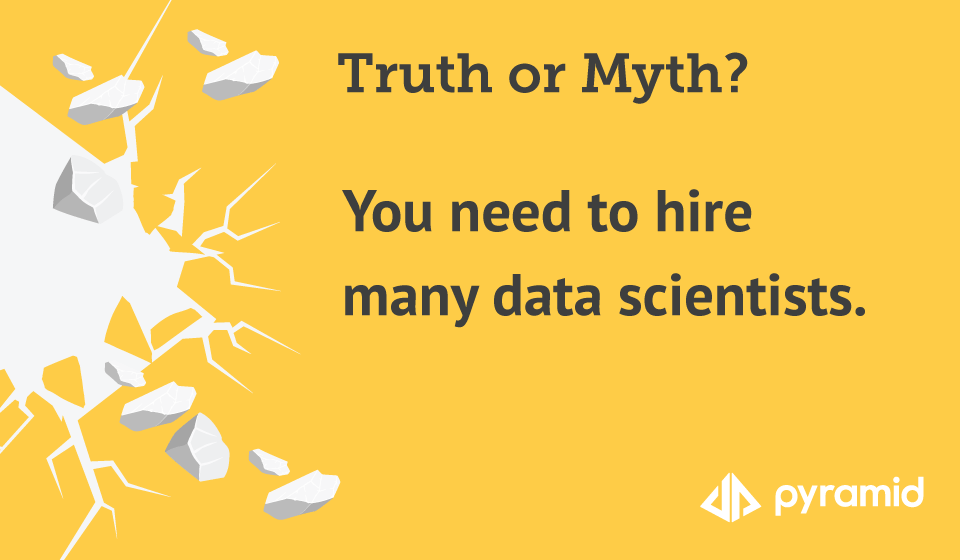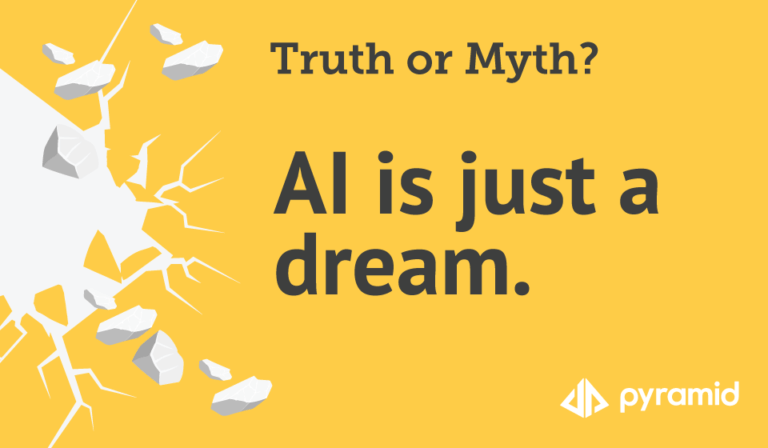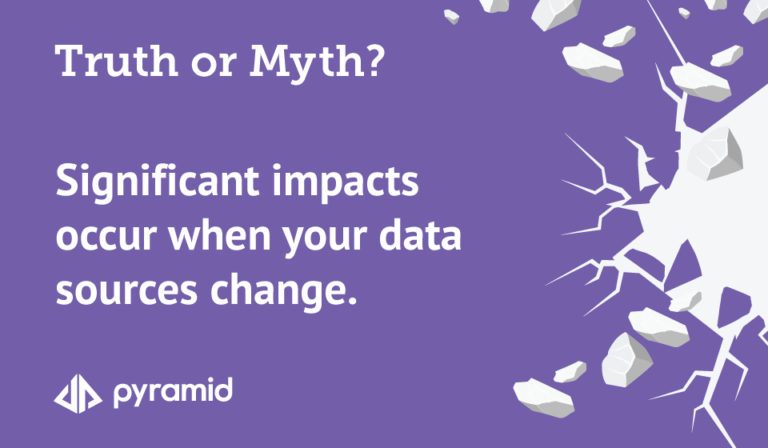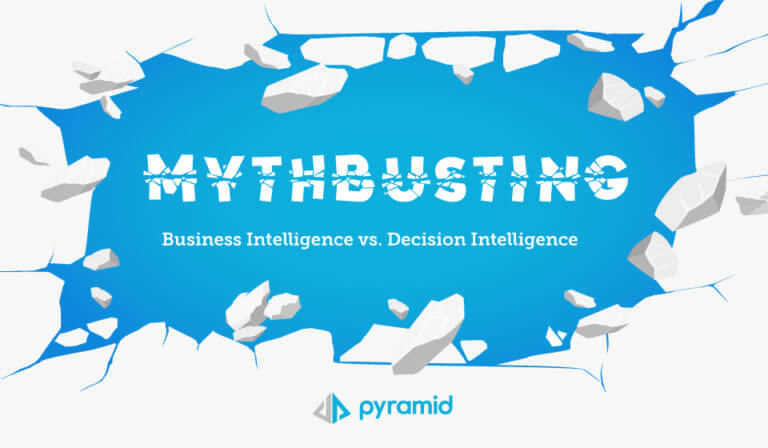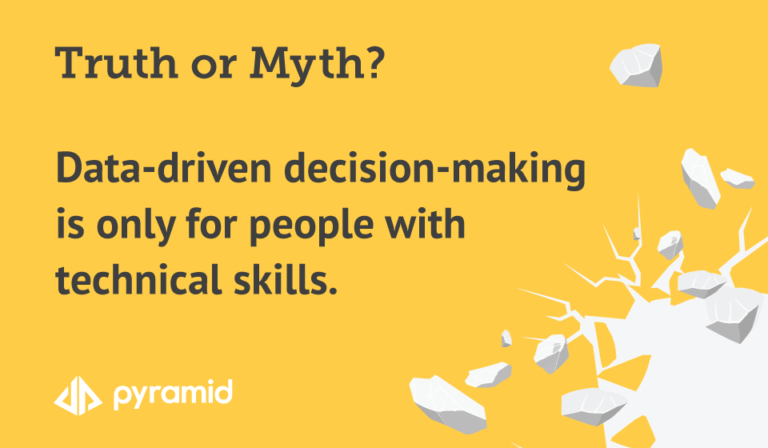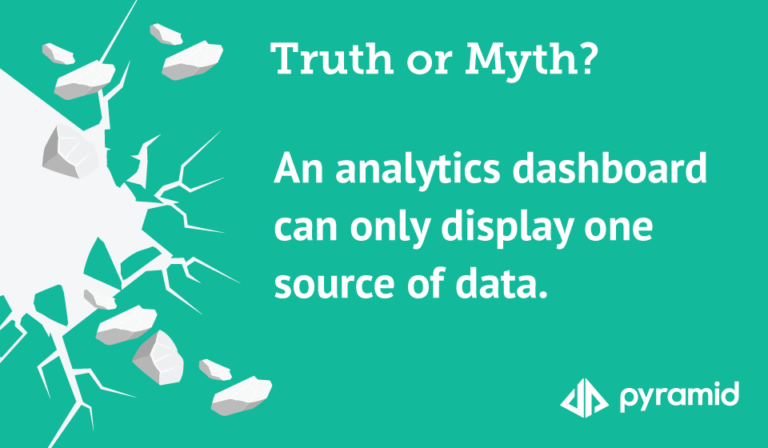Data-driven decision-making is a growing priority for organizations. This priority has translated into a growing demand for data scientists and triggered a huge uptick of people entering the field of data science. According to a report published by the US Bureau of Labor Statistics, the number of jobs in the mathematical sciences will grow by approximately 28% from 2016 to 2026, translating to roughly 11.5 million new jobs in the field. The World Economic Forum echoed this sentiment in its Future of Jobs Report 2020 where it predicted that ‘data scientist’ would be the job with the highest growth and demand by 2025.
What do data scientists do?
According to Glassdoor, data scientists utilize their analytical, statistical, and programming skills to collect, analyze, and interpret large data sets. They then use this information to develop data-driven solutions to difficult business challenges.
How much do data scientists get paid?
From data updated May 19, 2022, Indeed reports the average salary for a data scientist is $140,153 per year in the United States, with those in California earning 19% above the national average.
Truth or myth? You need to hire many data scientists to get more value out of your data investments.
Organizations pay high wages and clamor for data scientists to help extract value from corporate data investments. The case made for hiring a team of data scientists is a belief that the challenges of integrating exploding data stores can only be addressed by people with these advanced skillsets. There is also a lot of pressure on people to make decisions faster and think that data scientists can more quickly make sense of their data.
Further adding to the belief that organizations need to hire a team of data scientists is the fact that most BI and analytics tools are too technical to be used by managers and leaders with traditional skill sets. And beyond the tools, people believe data is too complex to be analyzed and interpreted by those who lack specific training.
The truth is . . . citizen data scientists are here.
While data scientists will add value to your organization in the long run, gone are the days when data science was reserved exclusively for data scientists. Now an entire generation of business workers is expected to use data in their daily roles. These citizen data scientists, armed with domain knowledge and a strong desire to use data to drive their decisions, can in some cases prevent the need to hire pedigreed data scientists. In many cases, they can be just as effective as data scientists, as long as they have access to a solid foundation of data and analytics capabilities.
Our new guide, Mythbusting Business Intelligence vs Decision Intelligence debunks many myths about BI tools, showing you how a decision intelligence platform can help you discover what’s next in analytics. There are many reasons why self-service analytics and BI technology are falling short, but there are becoming fewer reasons to continue living with the shortcomings.
With a decision intelligence platform, organizations can benefit from a no-code, point-and-click browser experience that empowers any person, from the novice to the data scientist, to make data-driven decisions. Today’s AI-driven decision intelligence solutions can put data into the hands of decision-makers across your organization.
We invite you to read our Mythbusing Business Intelligence vs Decision Intelligence guidebook where we break down 12 myths into categories related to data, people, and analytics. Get instant access to the Mythbusting guide here (no registration required).




